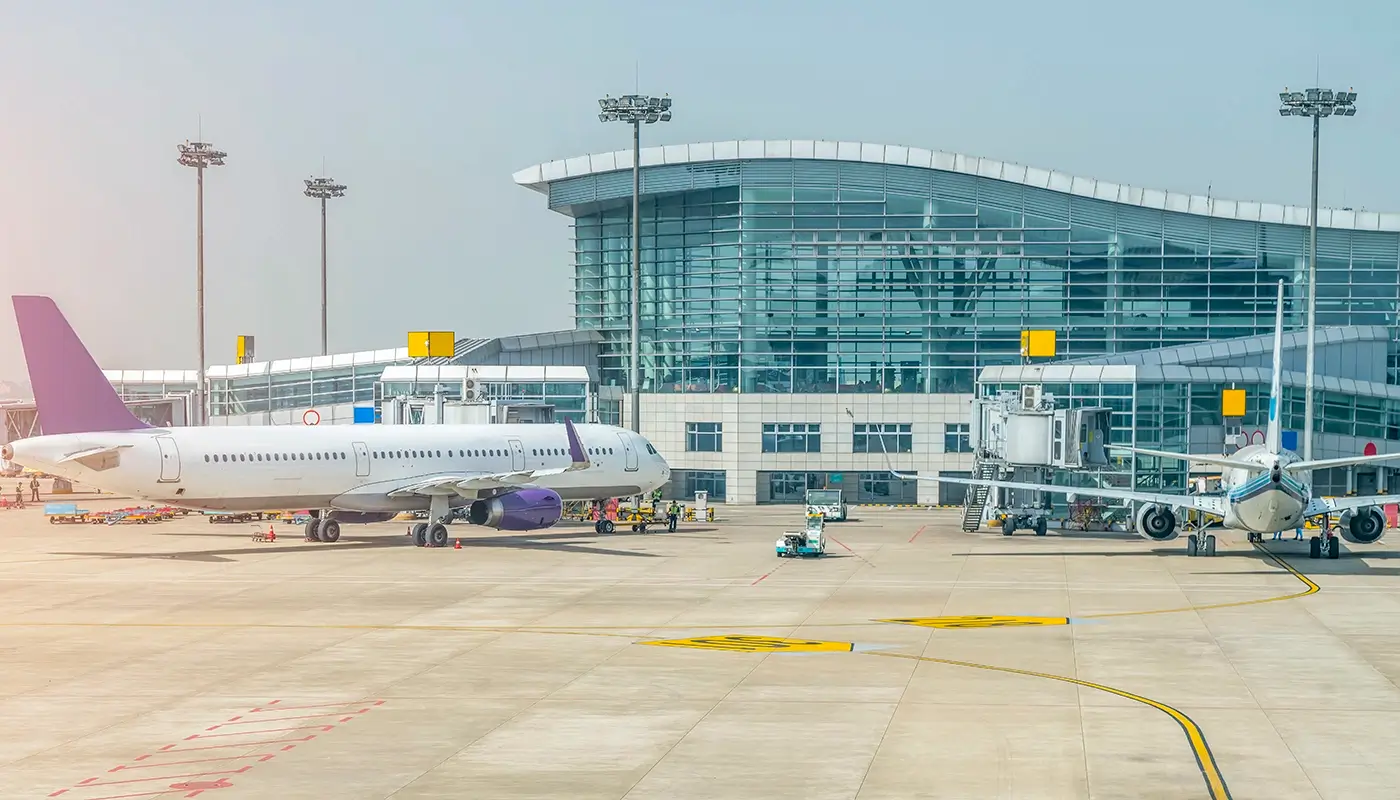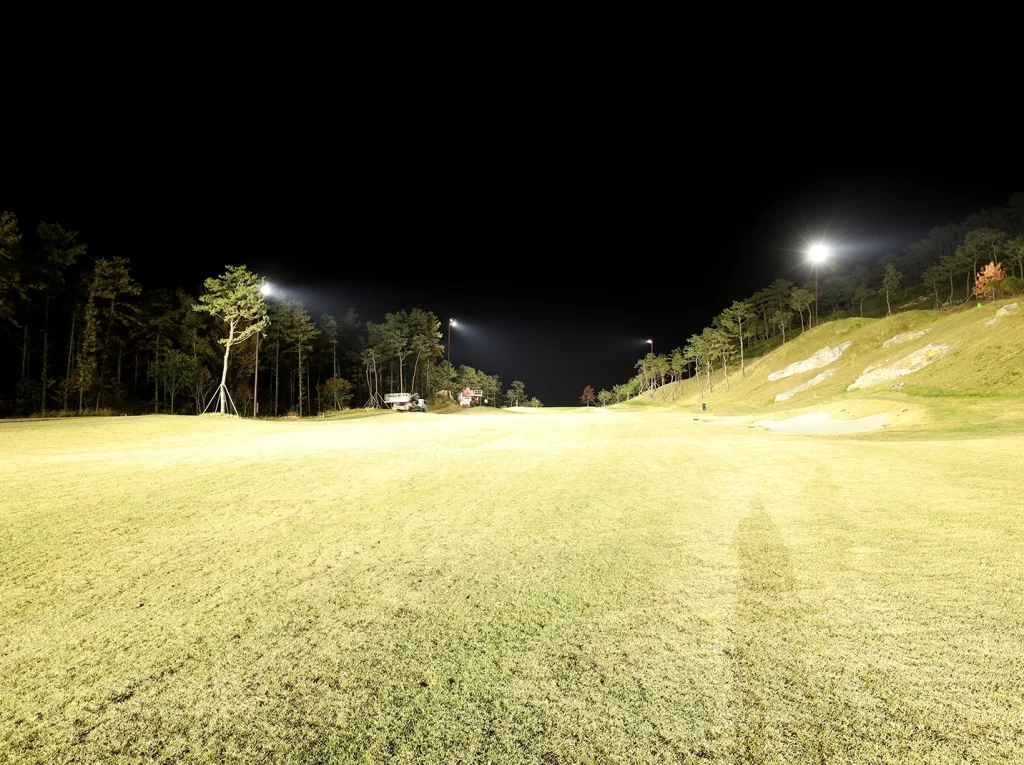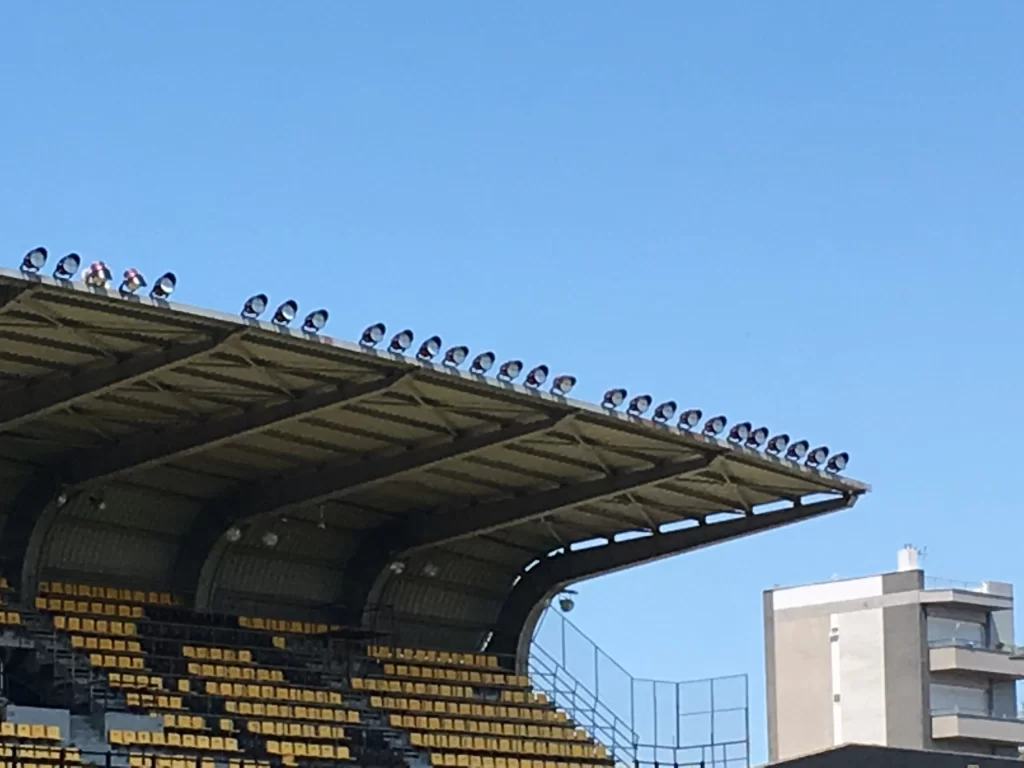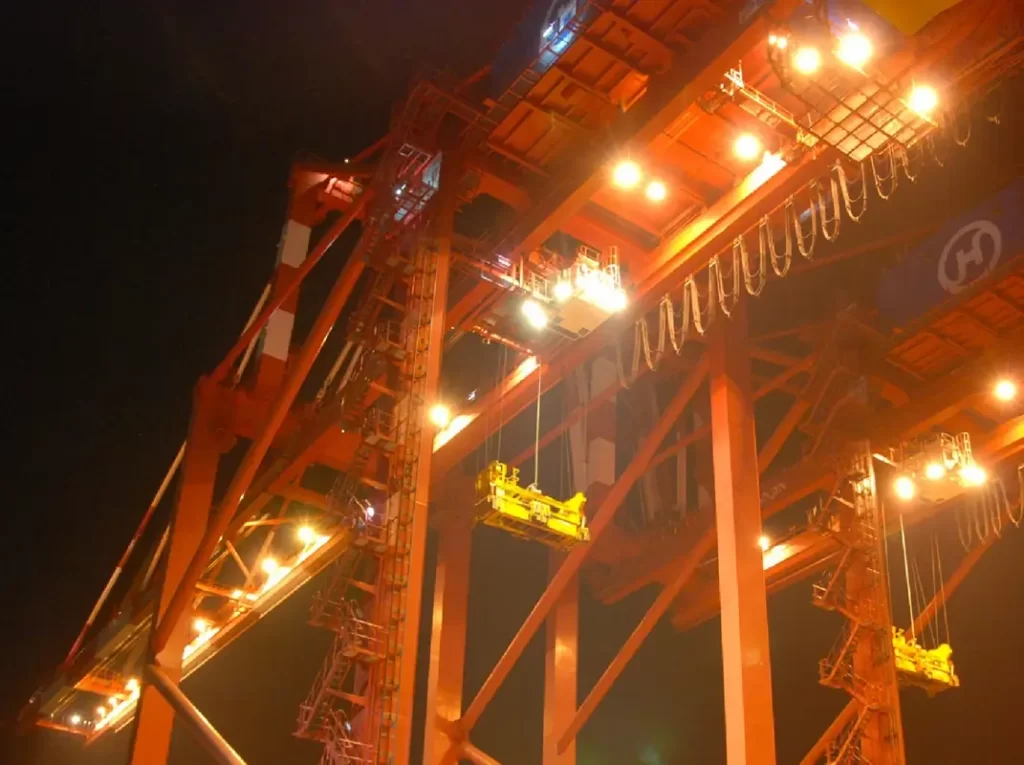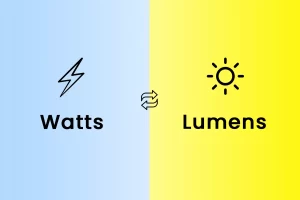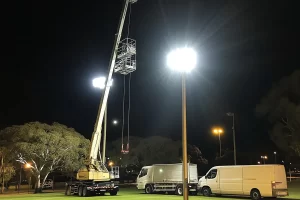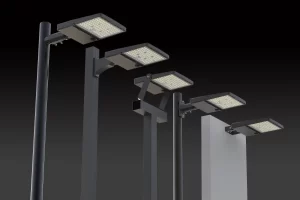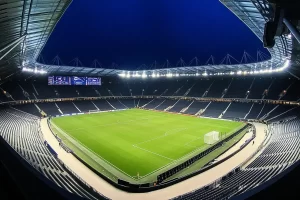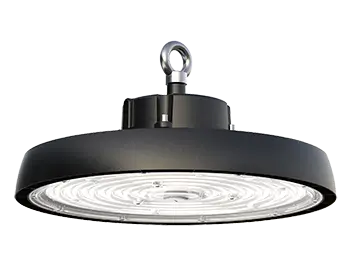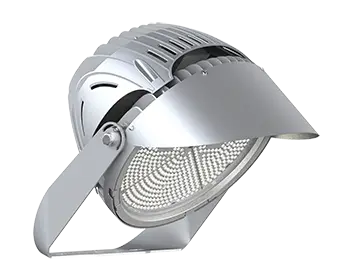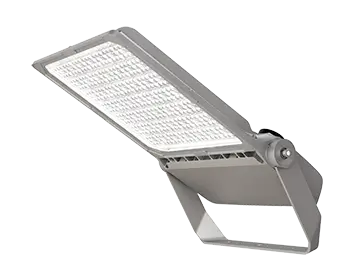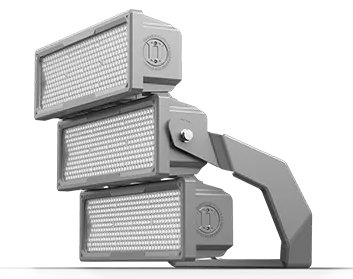Introduction to Airport Lighting
Ever wondered how pilots manage to land in thick fog or pitch-black darkness? The answer lies in airport lighting, a system so intricate and essential that it keeps millions of passengers safe daily. Imagine driving on a highway without any streetlights; daunting, isn’t it? That’s how pilots would feel without airport lights.
Importance of Airport Lighting
Airport lighting is not merely about illuminating the runway. It’s about safety, direction, and precision.
Safety Aspects
Without these guiding lights, it would be nearly impossible for pilots to navigate during nighttime or poor visibility conditions. They provide cues, helping aircraft maintain the correct path during landing and takeoff. Ever heard the phrase, “like a moth to a flame”? That’s how crucial these lights are; they guide and attract pilots to the correct path.
Operational Efficiency
In the bustling world of aviation, efficient operations are a must. Airport lighting ensures quick turnaround times by allowing aircraft to operate even in non-optimal conditions. This means fewer delays and more happy travelers!
Types of Airport Lights
There’s a symphony of lights on every runway, each serving its unique purpose.
Runway Lights
The star players in this ensemble. They mark the boundaries and center of the runways.
Edge Lights
Like the edges of a puzzle, these lights define the outline of the runway. They’re typically white, turning yellow in the last 2,000 feet or half the runway length, whichever is less.
Centerline Lights
White lights placed at intervals along the runway centerline. They act like breadcrumbs, leading pilots safely down the path.
Taxiway Lights
After landing, these blue lights guide the aircraft from the runway to the gate, ensuring smooth flow of traffic.
Technological Advancements
Like everything else, airport lighting is evolving, with technology playing a pivotal role.
LED Airport Lights
The shift from halogen to LED has revolutionized airport lighting. Not only are LEDs more energy-efficient, but they also have a longer lifespan. Plus, their brightness can be adjusted, aiding in various visibility conditions.
Remote Control Systems
In today’s digital age, remote-controlled lighting systems are emerging. These allow air traffic controllers to adjust light intensity based on current needs, ensuring optimal visibility and safety.
Maintenance and Challenges
With thousands of lights in an airport, maintenance can be a Herculean task. Regular checks are vital to ensure all lights function correctly. Adverse weather conditions, like snow or heavy rain, can also pose challenges, sometimes obscuring lights or damaging them.
Future Trends
With the rise of smart cities, can smart airports be far behind? The future may see more integrated systems, where lights communicate with aircraft, providing real-time data and ensuring even safer operations.
Conclusion
Airport lighting is the unsung hero of aviation. It ensures safety, guides pilots, and enhances operational efficiency. As technology progresses, we can expect even more advanced and efficient lighting systems, further bolstering the world of aviation.
FAQs
Why are taxiway lights blue?
Blue is universally used for taxiways to distinguish them from runways, ensuring pilots know exactly where they are.
How long do LED airport lights last?
LED lights have a lifespan of about 50,000 hours, making them a sustainable choice for airports.
Do all airports have lighting systems?
While most commercial airports do, some smaller or less frequented airports might not have comprehensive lighting systems.
How are airport lights powered?
They’re usually connected to the airport’s main power source with backup generators to ensure continuous operation during outages.
What happens if an airport light malfunctions?
Regular maintenance ensures early detection of faults. If a light malfunctions during operations, protocols are in place to inform pilots and address the issue immediately.


